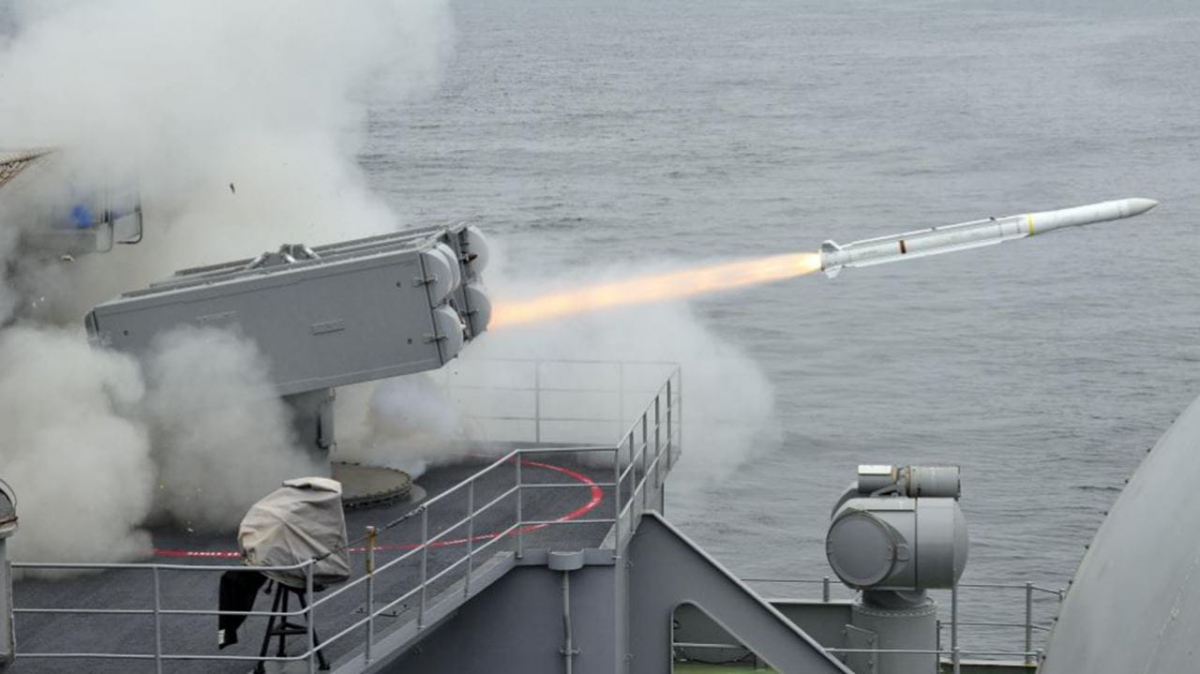Following the adaptation of the American HARM anti-radar missile to Ukrainian aircraft of Soviet origin, Ukrainian and American engineers have found a way to adapt American RIM-7 Sea Sparrow short-range anti-aircraft missiles to Ukrainian Buk anti-aircraft systems, also of Soviet origin. This delivery will ensure a flow of missiles to Ukrainian systems that have been adapted to fire this missile.
Continuous Adaptation
The Ukrainian Armed Forces had many Soviet-origin systems prior to February 24, 2022 and the invasion of Russia. In fact, these systems were not compatible with NATO-style ammunition, making military aid options very limited. This was particularly the case for airborne missions to suppress enemy air defences (SEAD): the United States had a large number of AGM-88 HARM missiles, but these had never been used on Soviet aircraft... And yet, after several announcements, on August 30, 2022, a video confirmed the unthinkable: Ukrainian and American engineers have successfully adapted Ukrainian MiG-29s (of Soviet origin) to fire HARM missiles (article on the subject). Other announcements also followed, with an equivalent capability for the Ukrainian Su-27s, also of Soviet origin.
Buk with US missiles
The ingenuity of US and Ukrainian engineers now does not stop at fighter aircraft: the Ukrainian 9K37M Buk-M1 (SA-11 Gadfly) anti-aircraft systems (of Soviet origin) will now be able to fire US RIM-7 Sea Sparrow anti-aircraft missiles. The announcement of the delivery of these missiles was announced on January 6 by the Pentagon (link to official announcement).
The Sea Sparrow is the navalized version of the AIM-7 Sparrow (air-to-air) missile, which is used by the U.S. Naval Aviation. This missile was first integrated on ships in 1976. It incorporates a radar sensor and can destroy a wide variety of targets: aircraft, anti-ship missiles, helicopters, etc. It has been upgraded many times, the latest version being the RIM-162 Evolved Sea Sparrow Missile (ESSM). This latest version is currently in service with several navies and is expected to remain in service beyond 2030.
This is not the first time the Sea Sparrow has been used in ground-to-air and not sea-to-air: Egypt, Greece and Taiwan are using RIM-7s from a Skyguard anti-aircraft system platform. However, this system must be towed, and this new capability of the Ukrainian Buk will be the first use of the Sea Sparrow from a self-propelled, radar-equipped anti-aircraft system.
No official information can confirm the version sent to Ukraine. Thus, the Ukrainian Buk equipped with Sea Sparrow will have a maximum range varying between 19 kilometers (basic Sea Sparrow) and more than 50 kilometers (ESSM). For information, in 2021, 72 9K37M Buk-M1 were in service with the Ukrainian Armed Forces. With the Russian invasion of February 2022, 9 vehicles have been destroyed since February 24, 2022 (6 79A310M1 TELARs and 3 9A39M1 TELs), as well as one damaged (79A310M1 TELAR).


Découvrez cet article sur Air&Cosmos

